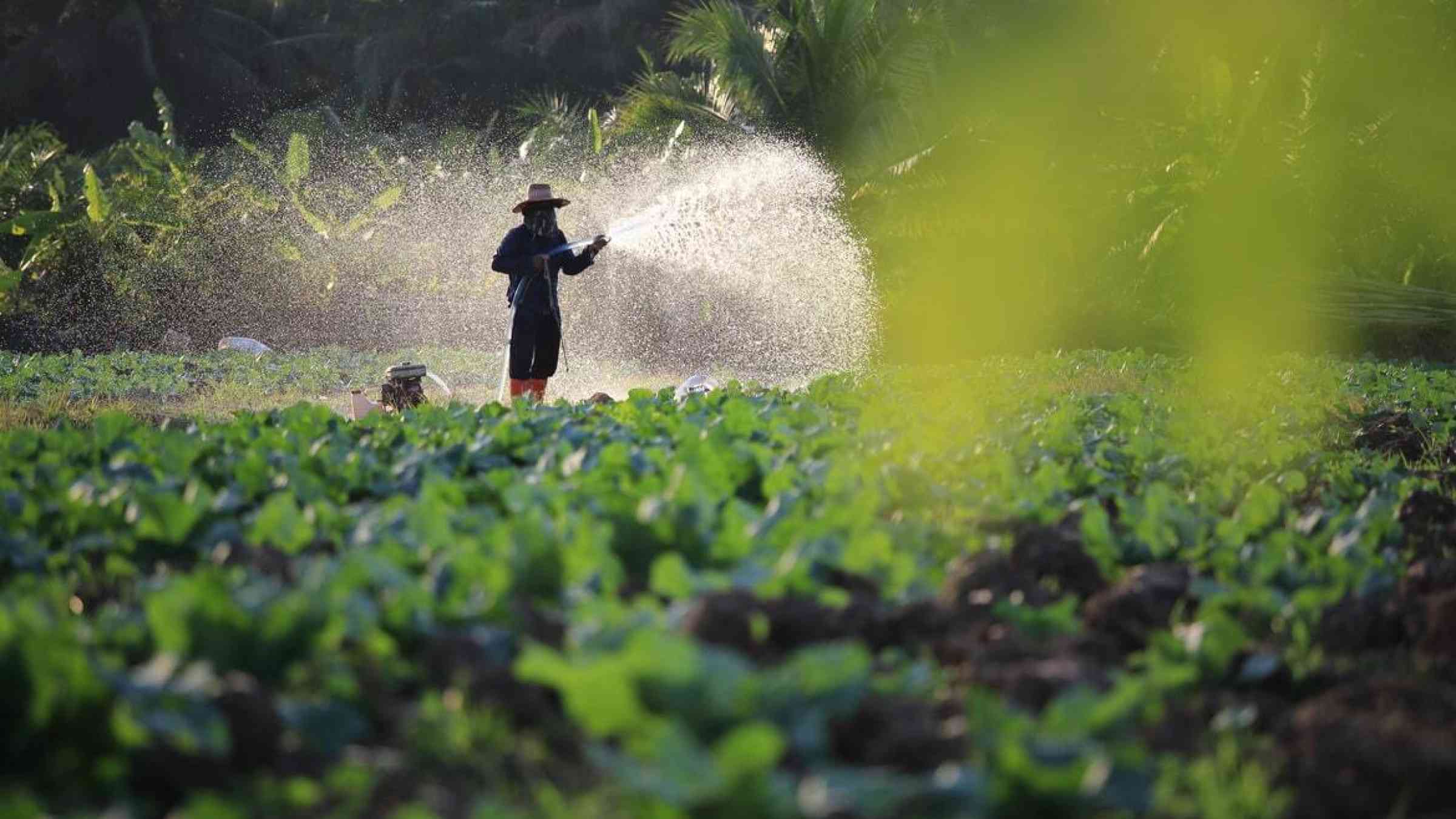Faster and better risk indicators: Introducing the Next Generation Drought Index (NGDI) project

Today, more than 746 million people suffer of food insecurity. This is compounded by the direct and indirect effects of COVID-19 which is estimated to push another 150 million+ people into extreme poverty in 2021. This is exacerbated by an increase in the number of people affected by climate shocks such as drought events. Climate change, widely acknowledged to be a threat to food security could, in worst-case scenarios, double the number of people in need of humanitarian assistance, resulting in costs of up to US$20 billion annually by 2050.
Robust drought models for robust action
There is growing evidence that some of these impacts can be mitigated by the added value of disaster risk financing and anticipatory action. Pre-agreed risk modeling frameworks and payout mechanisms improve the speed and efficiency of financial response during stressful times, in turn saving lives, reducing fiscal impact, and protecting development gains. However, understanding the actual severity of a drought can take several months. Information such as impact of drought on livelihoods and on the economy only materializes long after the event has started to develop. Drought risk indicators are very early proxies that characterize the expected, ultimate severity of an unfolding drought event. They can be computed months before the actual harvest thus allowing for better planning and action to alleviate the effects of drought. However, heterogeneous clients’ needs, and the relative opacity of currently available drought risk information call for more accessible, transparent, and flexible drought risk financing models that can adapt to the needs and capacities of each target country.
NGDI platform provides more reliable drought risk information
Like political violence and conflict, droughts are a significant cause of food insecurity. However, as a slow-onset phenomenon influenced by climate change, droughts are particularly challenging from a risk modeling, financing, and insurance perspective for the following reasons:
- While there are over 50 operational drought indexes and indicators, ranging from simple ones like those measuring excess rainfall to more complex ones focusing on evapotranspiration (the amount of water loss occurring from the processes of evaporation and transpiration); yet there is neither a commonly accepted drought definition nor a coherent or standardized approach to drought risk modeling.
- Isolated extreme droughts or consecutive moderate events can have similar socioeconomic impacts, and the sequencing of events from one year to another is typically overlooked.
- There are critical gaps in the assessment of drought-related impacts, specifically the impact on livelihood. Only major droughts have the potential to command and benefit from media attention and to be reported in loss records. Meaning historical impact information is often patchy and inconsistent.
- While the data generated from satellite monitoring systems, climate services, and risk models are of increasingly good quality and of higher spatial and temporal resolution, their use requires expert knowledge, significant capacity development efforts for clients, and bespoke integration into their decision-making process.
- The causal relationships between drought and food insecurity, migration, and political conflict are complicated and often unclear. In Syria, for instance, several drought years led to waves of displacement, which did not directly trigger conflict but contributed to it.
- Latest satellite technology recently demonstrated high operational value-add in capturing earlier, reliable information on drought onset, but that requires facilitated access, technical expertise, streamlined data processing and long-term capacity development.
The Next Generation Drought Index (NGDI) platform aims to fill this critical need and provide access to the latest and most reliable drought risk information. Spearheaded by the World Bank’s Disaster Risk Financing and Insurance Program (DRFIP), in close partnership with the European Space Agency’s Center for Earth Observation (ESA/ESRIN), the project has been supported by the International Research Institute for Climate and Society at Columbia University, and focuses on bridging the gap between satellite technology, risk modeling and decision-making. The World Bank DRFIP-ESA/ESRIN partnership is a cornerstone of that project. It leverages satellite technology, big data and predictive analytics for improved pre-arranged financing. A good example is the use of Copernicus, the world’s largest single Earth observation programme – 30 satellites between 2014 and 2030 providing services dedicated to environment monitoring and emergency management - with a full and open data policy. Through the ESA partnership, the NGDI platform facilitates access to pre-processed Copernicus data of high-quality, operational, open, and free, to support decision-making and at-scale implementation.

The NGDI is unique in several ways
First, it relies on a co-design process whereby clients generate their own drought risk indicators from a wide selection of pre-processed models and data sets.
Second, NGDI is based on a convergence of evidence approach. In contrast to existing products, the NGDI platform does not assume a “best” dataset or index to monitor drought. Instead, it offers a wide range of variables to be combined into higher-performance drought indicators which, together, offer a more comprehensive view into the plant’s health, the soil moisture conditions and the weather environment.
Third, NGDI enhances the accuracy of predictors. Statistical techniques adopted by the NGDI—such as detrending (removing long-term behavior or bias in historical data) and pattern identification (e.g., determining which regions are likely to be affected at the same time)—help generate an entire catalog of potential events that is a better predictor of the future. Allowing more accurate estimations of drought and in turn, more impactful anticipatory action and early response finance.